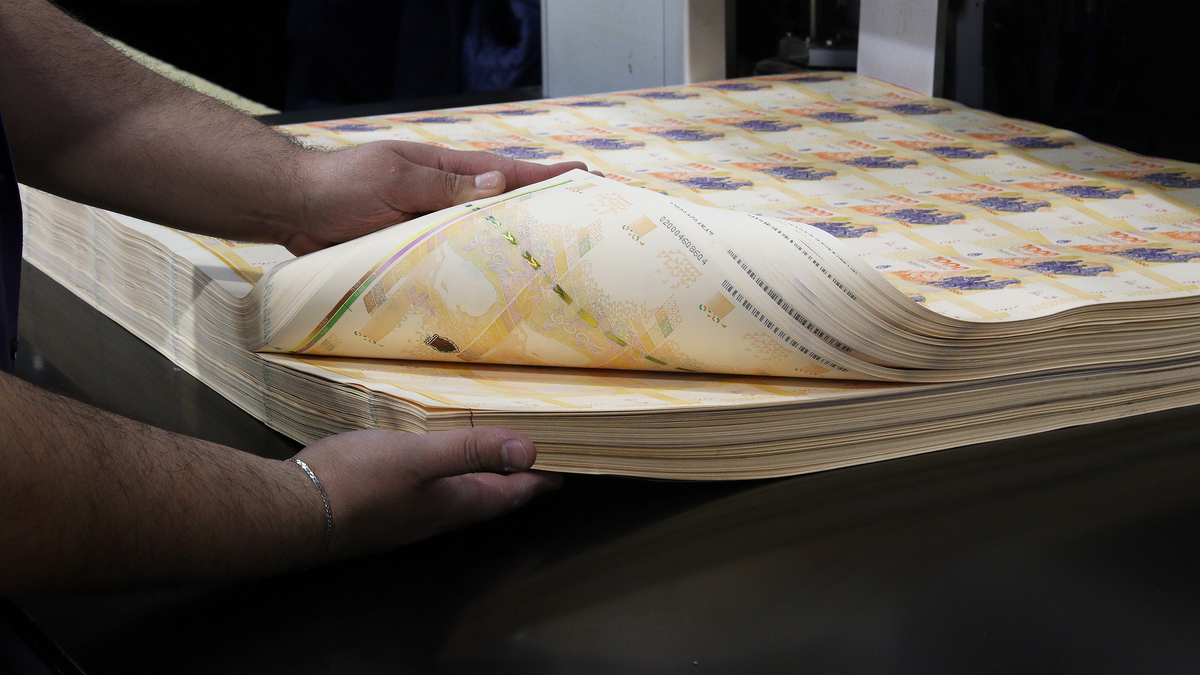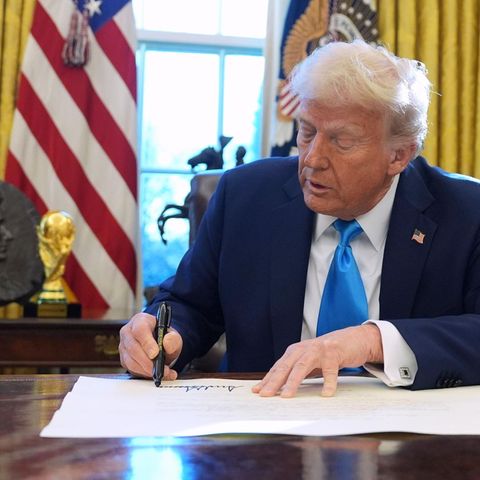It is common to see offers on the Internet for special copies of tickets for which numismatic collectors are willing to pay large sums of money, even by some that are no longer in circulation. As explained to Ambit Horacio Mandelof the Buenos Aires Numismatic Center“he price of a coin depends on your rarityits good state of conservation, the demand to acquire it and, of course, the country’s economic situation.”
And that is to find banknotes with printing errors or cutting is very rare. “It is strange that, since Exchange house reach the Central Bank (BCRA) to release them into circulation,” warns Mandel. And he even points out that, if that happens, then the treasurers of the banks where they were sent carry out a third check and the ATM machines carry out a fourth check. “Therefore, the number of copies with errors It is very concise,” he points out.
It happens that the way of issuing a ticket It has several steps, ranging from design, through printing, which has several stages and special care for security measures and special inks, to finishing, cutting and printing the serial numbers of each one.
WhatsApp Image 2023-08-28 at 12.13.25.jpeg
The ticket control system is done in real time.
Likewise, before going to press, The design is put together, ink tests are carried out and production is activated.. But there is a layer of production that goes through all these processes and quality control.
All of this is done in Argentine Mint in compliance with the contracts signed with the Central Bank (BCRA) and it is in the printing stage in which quality control is most present.
Tickets: this is the issuing process
He paper money enters blank, with the security thread and water code. The first printing process is barcoding and numbering. All sheets are coded. This guarantees the traceability of paper money. Then, the background is stamped and the different layers of design are added. All this is done in sheets of 50 bills each, which will be cut at the end of the process.
Likewise, a simultaneous recording of the printing process. In fact, in November last year, CMA implemented a traceability system that allows printing errors to be detected and corrected immediately, in real time.
It’s about a scanning system for quality control that, in some way, teaches the machines what the optimal job is. Likewise, there is quality control carried out by specialized people who, every certain number of plates, scan the print and correct possible errors going forward.
“While there are certain tolerances, “The printing process is very exact and must be very precise.”, reports an expert source. This, he explains, means that there are very few banknotes with errors and there may be almost imperceptible differences in the background color, for example, of a batch.
Why rare bills are worth more
“Therefore, people tend to pay more for those who have some difference, no matter how small, because it is rare”, he indicates. And, in addition to constant control in the process, they then move on to a cutting stage and a special machine reviews bill by bill.
It’s a digital control system that processes tens of per second to which those who can present certain margin of errorry, automatically, destroy those that do not meet the standard.
About 10% of the 35% of the printed total is destroyed in this machine that processes doubtful specimens with respect to the requirements established by the BCRA and international quality standards. Likewise, before going to press, the design is put together, ink tests are carried out and production is activated.
image.png

The old machines and coins are very valuable.
This whole process makes them very strange. cases of “rare” and valuable bills that reach the hands of ordinary people. “Numismatic dealers or those who find them but do not collect them, ask a lot for them. But that does not mean that it will end up being sold at those prices,” Mandel clarifies.
Which are the most valuable specimens and where can they be seen?
It also mentions that the most valuable numismatic pieces Today they are the gold macuquinas (the antecedent of the coins), the gold bust ones and the first national gold coins, of 8,4,2 and one escudos. The gold patacon, the gold Argentine half, the monetary tests, and all that currency that was minted in very small quantities.
Regarding the banknotes, “the first ones that were printed such as the National Bank, the Macro of the Currency Fund, those of the Guaranteed Banks, those of the provinces and some more short runs” stand out as valuable pieces.
“These examples are pieces of the Argentine territory, from the Viceroyalty to the present day”, he points out. And, for those curious who want to appreciate them in person, he details that most of these pieces can be seen in the Museum of the Central Bank, in the Argentine Mint, in the Banco Provincia, in the Banco Nación and in the City of Buenos Aires Bank.
Source: Ambito
I am a 24-year-old writer and journalist who has been working in the news industry for the past two years. I write primarily about market news, so if you’re looking for insights into what’s going on in the stock market or economic indicators, you’ve come to the right place. I also dabble in writing articles on lifestyle trends and pop culture news.




